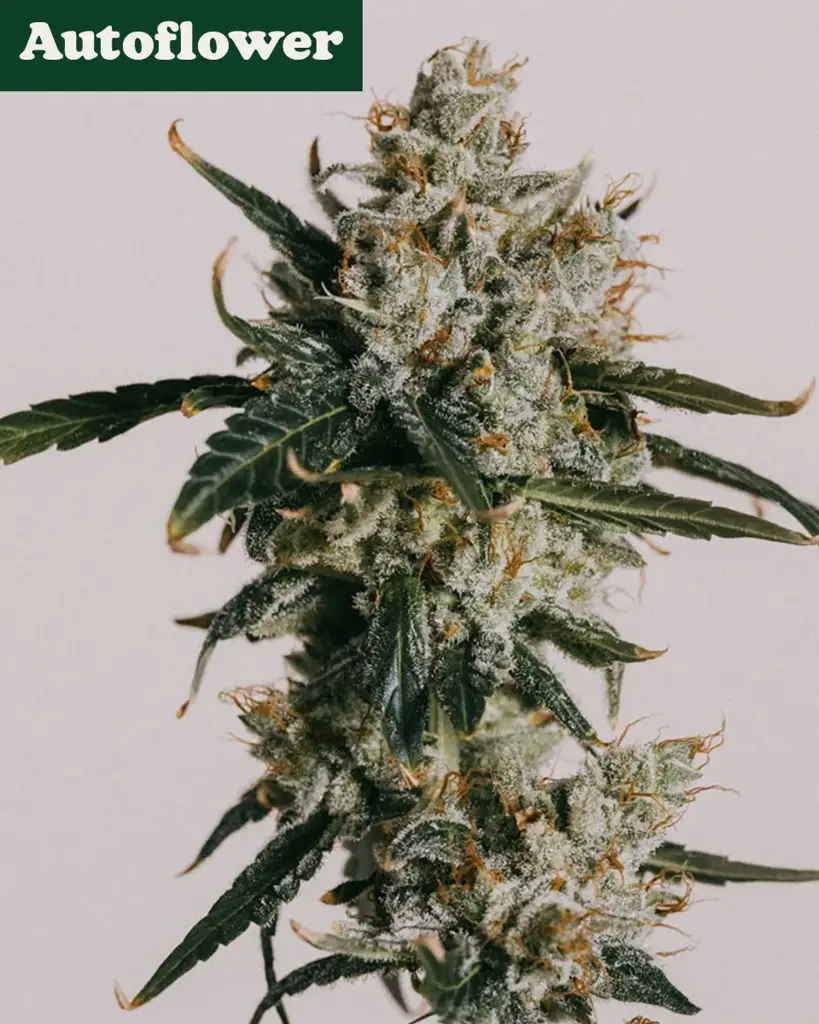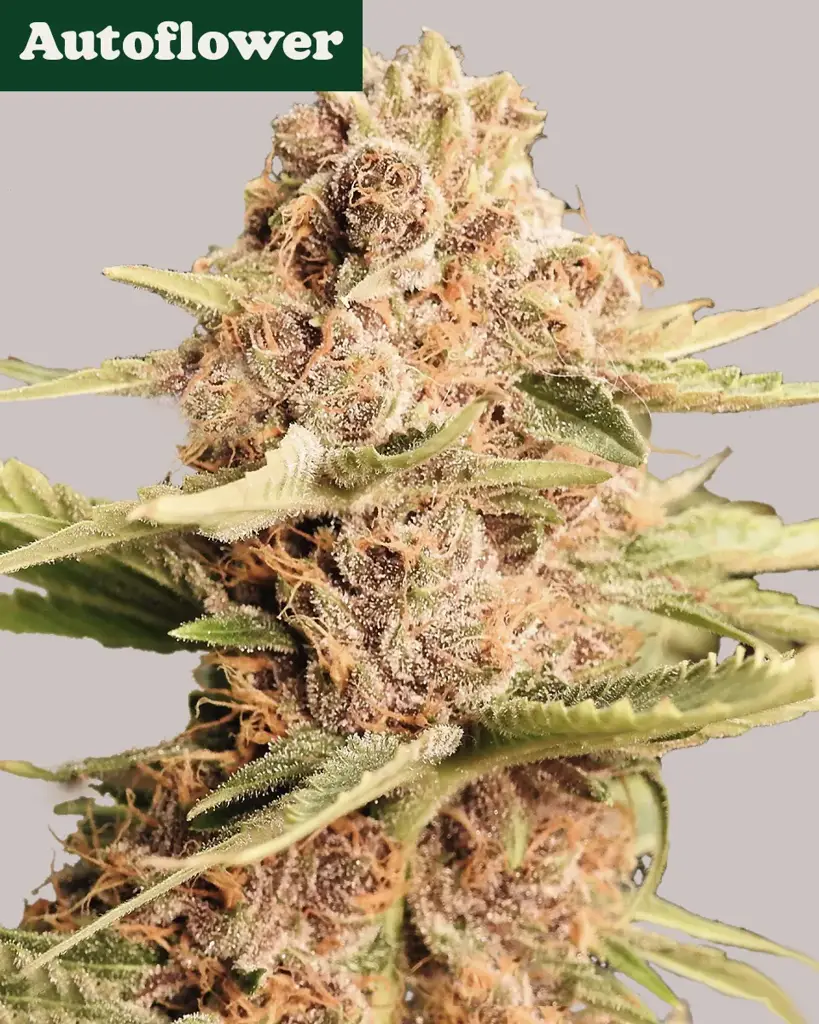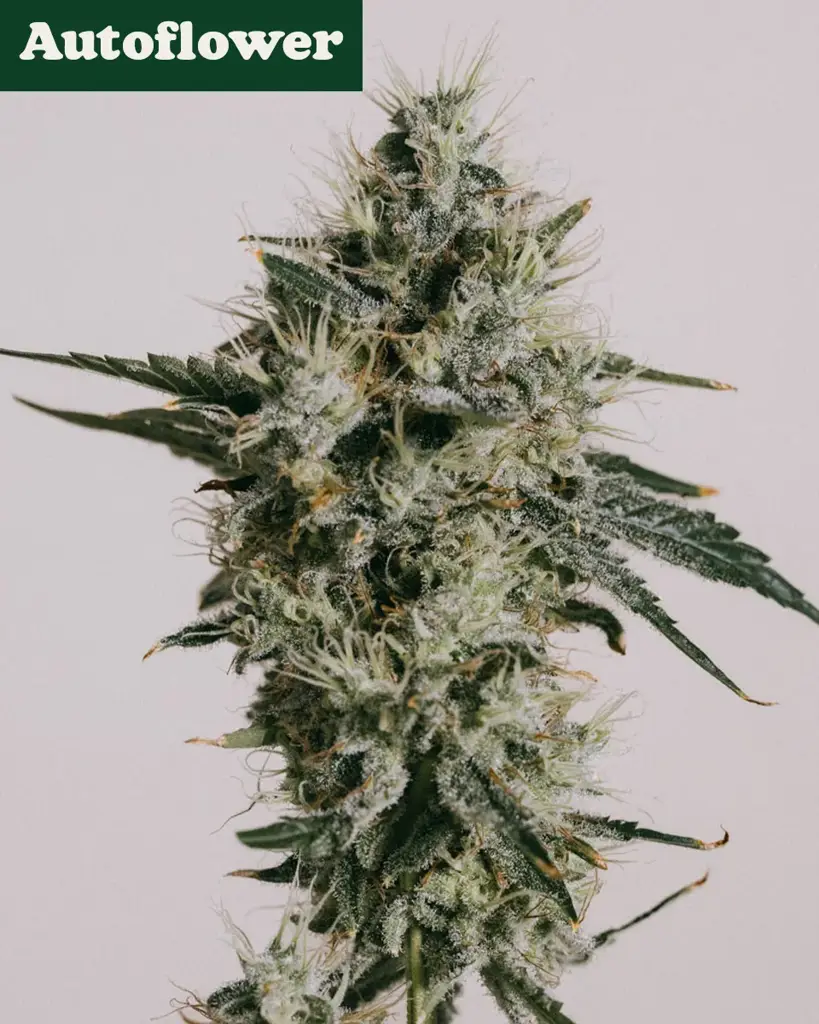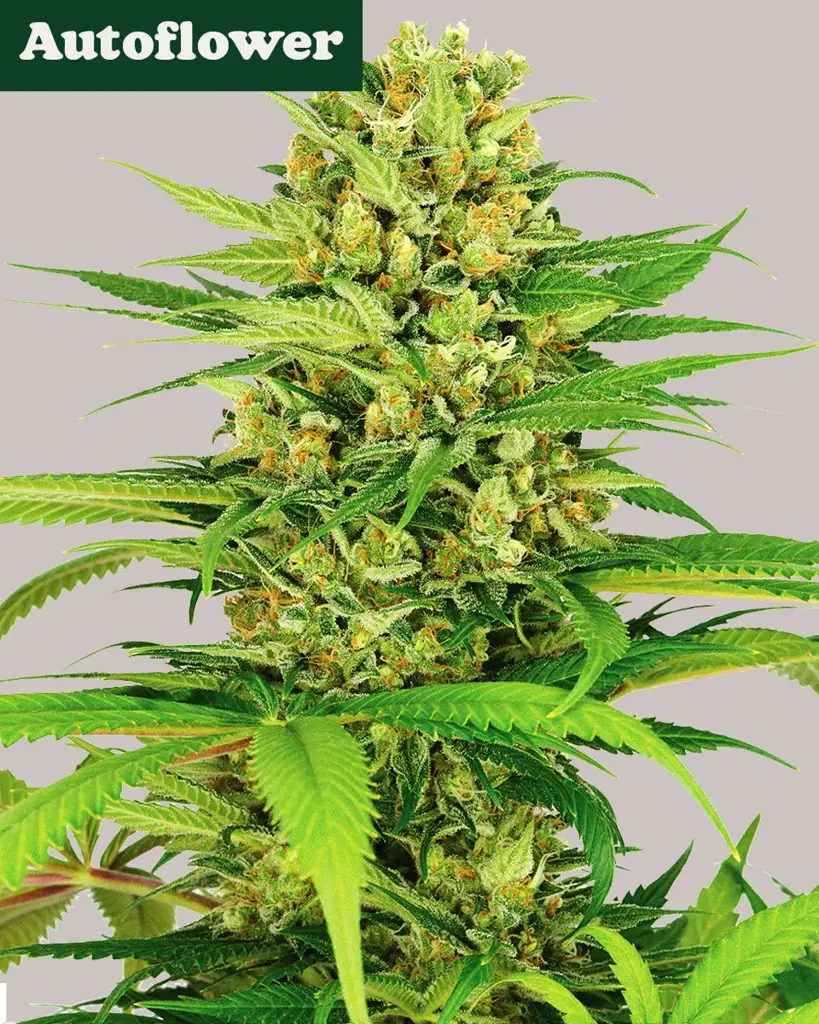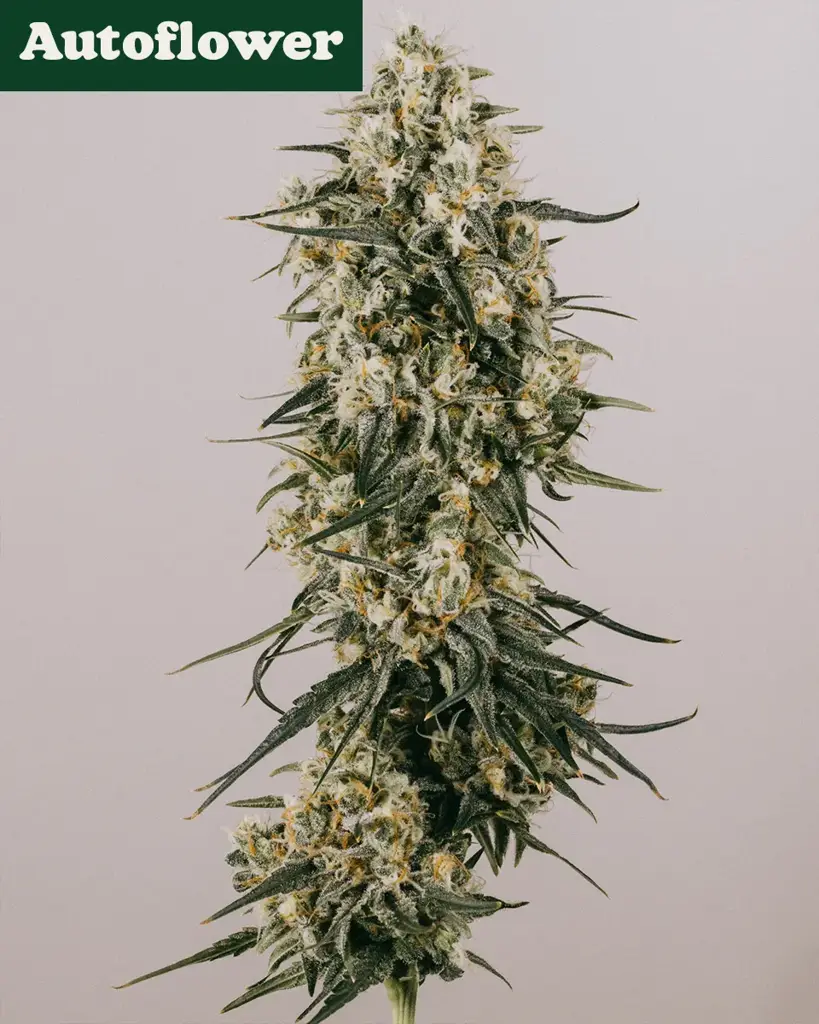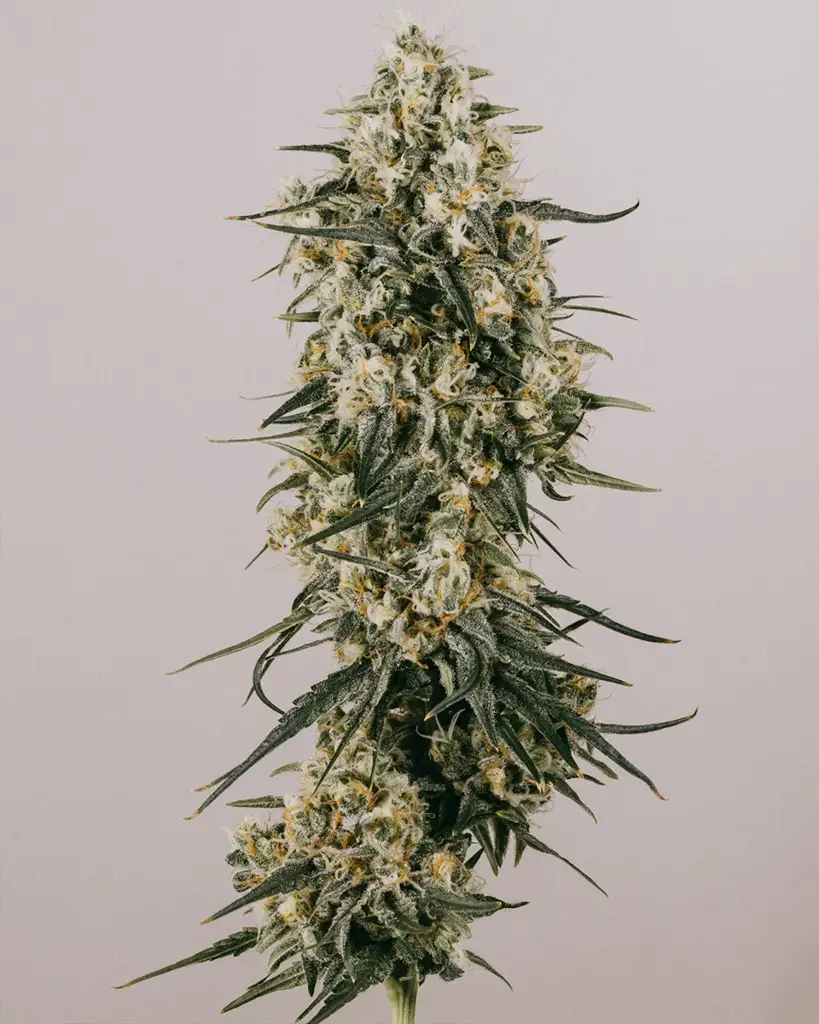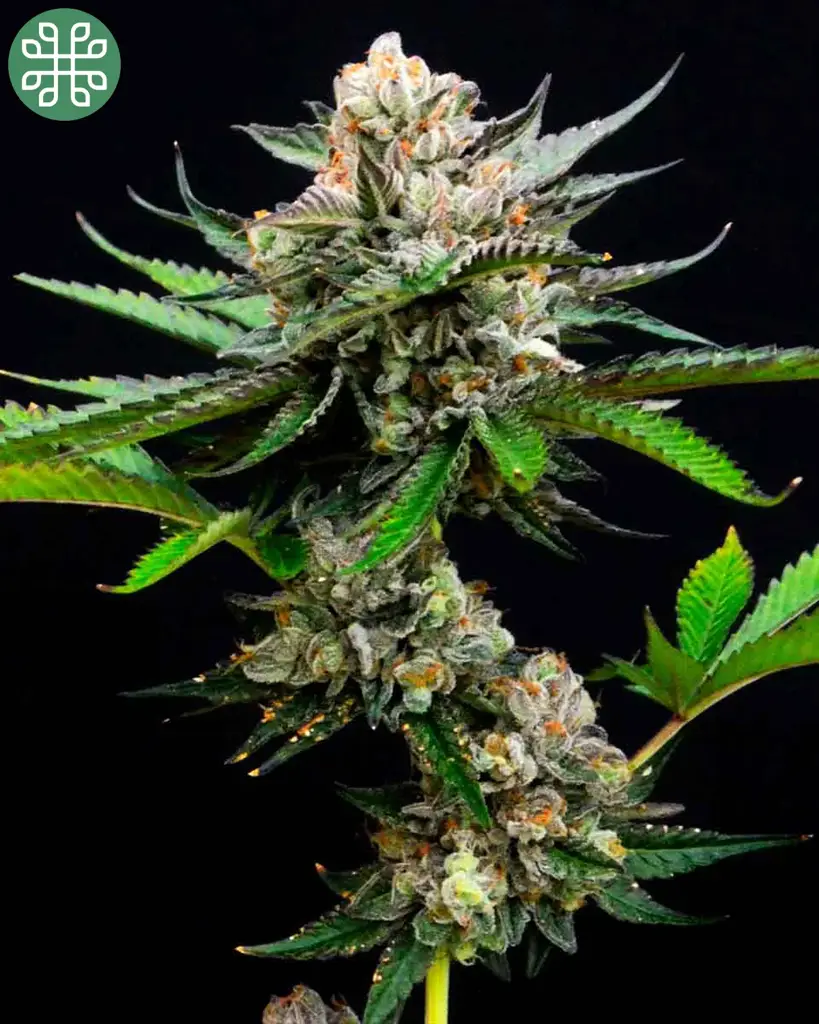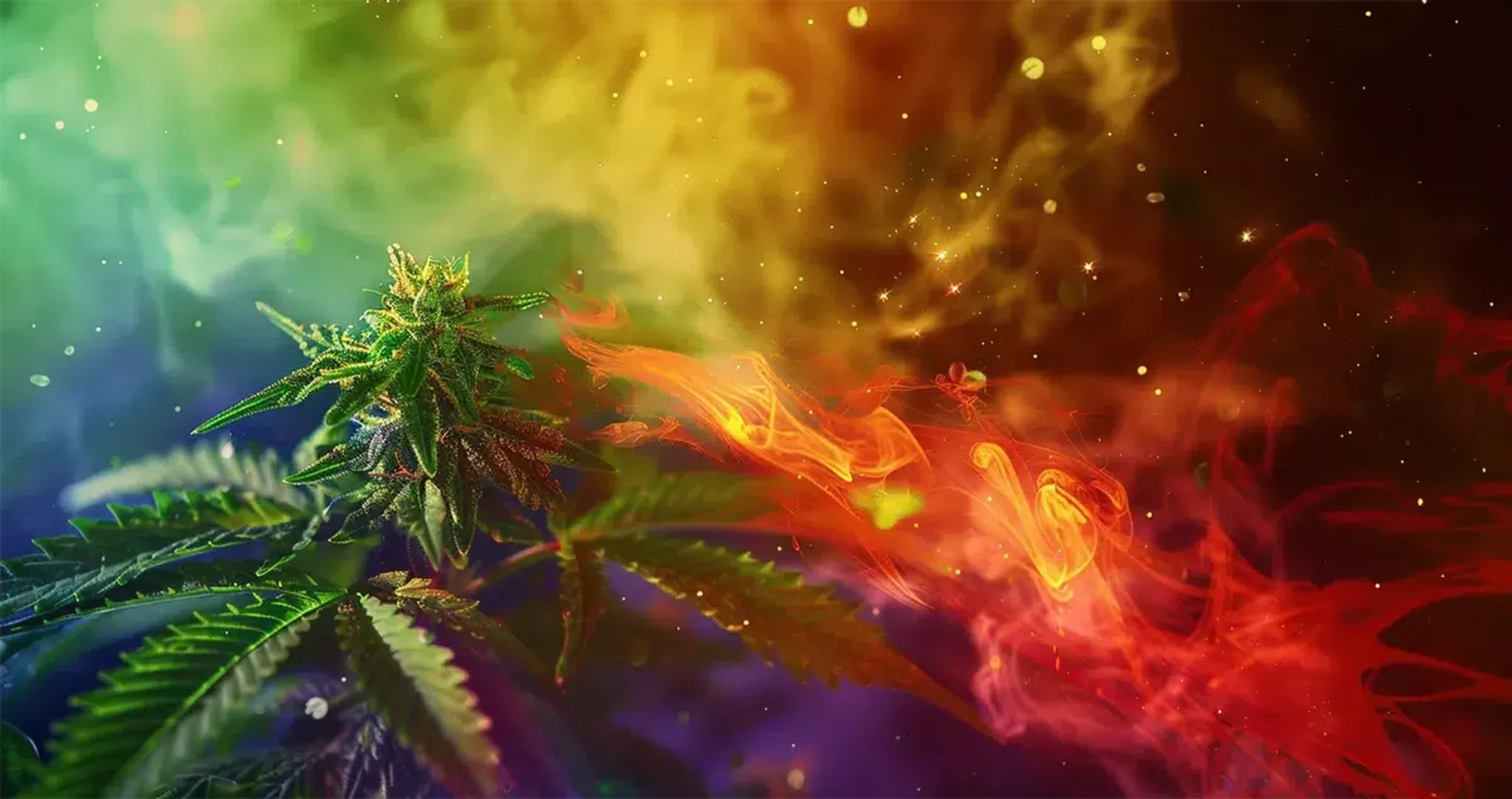Table of contents
Let's break down what these labels really mean, beyond just the typical effects they’re known for.
Our Bestsellers
Understanding the Nomenclature: From Taxonomy to Effects
Cannabis comes in different varieties, each traditionally linked to specific effects. But there’s more to these species than just how they make you feel. Indica, Sativa, and Ruderalis are botanical terms that describe more than effects—they also tell a story about where the plant comes from and how it grows. Modern hybridization has blurred the lines between these categories, so today’s weed may not always fit neatly into these traditional boxes. Originally, the differences between these types came from their appearance, the climates they adapted to, and their growth cycles—not strictly their effects.
The Top Differences: The Big 3
Each type of cannabis—Indica, Sativa, and Ruderalis—has distinct characteristics when it comes to plant height, growth cycles, environmental adaptations, and cannabinoid content. This sets the foundation for understanding what makes them unique and why they’re used in different ways.
What is the Difference Between Indica, Sativa, and Ruderalis?

Indica, Sativa, and Ruderalis all have different growth habits, morphologies, and cannabinoid profiles. Indica tends to be short and bushy, Sativa grows tall and lanky, and Ruderalis is small and hardy, often used to breed autoflowering varieties. Each species offers something unique to both growers and users.
Cannabis Indica
History of Cannabis Indica
Cannabis Indica originated in cooler climates, particularly the Hindu Kush region, which spans parts of Afghanistan, Pakistan, and India. People from these regions have been cultivating it for thousands of years, mainly for its resin, which contains valuable cannabinoids and terpenes. French botanist Jean-Baptiste Lamarck named it "Cannabis Indica" in 1785 after receiving samples from India that were distinctly different from the previously identified "Cannabis Sativa."
Recognizing an Indica Plant
Indica plants are easy to spot. They’re short and bushy with broad, dark green leaves. This growth habit helps them thrive in harsher climates. Indica also has a shorter flowering time—around 8-9 weeks—making it popular among growers who want quicker harvests.
Effects of Consuming Indica
Indica strains are often associated with relaxing effects, the kind that can leave you "in-da-couch." These effects include deep physical relaxation, making indica cultivars ideal for unwinding after a long day or helping with sleep issues. But keep in mind, hybridization has made these effects less predictable—so while some indicas are couch-lock champions, others might be a bit more mellow.
Popular Indica Cultivars
Cannabis Sativa
History of Cannabis Sativa
Sativa varieties originally grew in warmer climates like Southeast Asia, Central America, and Africa. Cannabis Sativa has been cultivated for centuries, serving many uses, from traditional medicine to fiber production. It was first classified by Carl Linnaeus in 1753, who grouped all hemp-like plants under "Cannabis Sativa."
Recognizing a Sativa Plant
Sativa plants are tall and can grow up to 20 feet. They have narrow leaves and need a longer time to flower, typically 10-16 weeks. Their open structure allows plenty of air circulation, making them ideal for warm, humid climates.
Effects of Consuming Sativa
Sativa is known for its energizing and uplifting effects. This type of cannabis is often called a "daytime" strain because it can help with focus, creativity, and socializing. However, with today’s hybrids, these effects aren’t always guaranteed. If you’re looking for a clear-headed, energetic high, a sativa-dominant strain might be the way to go.
Popular Sativa Cultivars
Cannabis Ruderalis
History of Cannabis Ruderalis
Ruderalis hails from the harsh climates of Russia and Eastern Europe. It’s a resilient little plant, first identified in the wild by Russian botanist Dmitri Yanischewski. Unlike Indica and Sativa, Ruderalis has adapted to survive in short summers and tough conditions.
Plant Traits of Ruderalis
Ruderalis plants are small, rarely growing taller than 2.5 feet. They have sparse branches and leaves with fewer blades compared to Indica or Sativa. The main thing that makes Ruderalis special is its autoflowering ability—meaning it flowers based on age, not light cycles, which is a game changer for breeders.
Usage of Ruderalis
Ruderalis isn’t commonly consumed for recreational use since it has lower THC levels. Instead, it’s often bred into hybrids to produce autoflowering strains. Ruderalis-dominant strains tend to have higher CBD content, making them useful for medicinal purposes.
Can You Get High on Ruderalis?
Ruderalis itself doesn’t pack much of a psychoactive punch due to its low THC levels, but it’s valued for its medicinal properties, especially for those looking for high-CBD strains.
First Grow?
Hybrid Weed
History of Hybrid Weed
Hybrids started when growers sought to combine the best of both worlds—Indica and Sativa. This all started back in the 1970s when breeders like Sacred Seeds developed Skunk #1, one of the first commercially available hybrid strains. Nowadays, almost every cannabis strain you encounter is a hybrid.
Breeding Hybrids
The goal of hybridization is to create strains that have desired traits from both parents, such as the resilience of Ruderalis, the calming effects of Indica, or the energizing lift of Sativa. You’ll also hear terms like F1, F2, and S1 when it comes to hybrids. These simply refer to the generations of breeding—with F1 being the first cross, and subsequent numbers referring to later generations. S1 indicates self-pollination, which helps stabilize certain desired traits.
What Gets You the Most High: Indica, Sativa, or Hybrid?
This is subjective and really depends on what you’re looking for. Indica strains tend to provide a more physical, body high, while Sativas are more cerebral. Hybrids can be a balance of both, so the strongest effect for you will depend on the cannabinoid and terpene profiles that match your desired experience.
Grow Differences: Indica vs. Sativa vs. Ruderalis
Comparing Growth Habits
Indica, Sativa, and Ruderalis all grow differently, which affects how you cultivate them. Indica is often preferred for indoor grows due to its manageable height and bushy stature. Sativa, on the other hand, needs more space and longer flowering times, which makes it a better fit for outdoor grows or spacious setups. Ruderalis, being small and autoflowering, is popular among new growers looking for an easy and fast harvest.
Indoor vs. Outdoor Cultivation
Indica: Great for indoor growing due to its size and faster flowering time.
Sativa: Best suited for outdoor grows where its height can be managed.
Ruderalis: Often grown indoors for medicinal use, or used in breeding for its autoflowering traits.
What is the Strongest: Sativa or Indica?
The "strongest" depends on what kind of strength you’re after. In terms of sheer THC content, there are powerful cultivars on both sides—with some of the most potent Indicas like OG Kush giving you a heavy body buzz, while Sativas like Original Haze can offer an intense, long-lasting cerebral high. Ultimately, it comes down to the strain’s specific cannabinoid and terpene profile, not just whether it’s labeled as Indica or Sativa.
Conclusion
Indica, Sativa, Ruderalis—each type of cannabis offers something different, whether you're growing it or consuming it. The traditional differences may not be as black-and-white these days, thanks to hybridization, but knowing where these types come from, how they grow, and what to expect can help you make more informed choices. Whether you’re looking for a relaxed evening, an energetic boost, or a quick harvest, there's a type—or a hybrid of types—that’s perfect for you.

Nigel Deez
Nigel shares real-world grow expertise, passion for cannabis, and insights from ILGM, Industree, Fat Nugs, and Beard Bros Media.
Continue Reading
You might also find these interesting.



